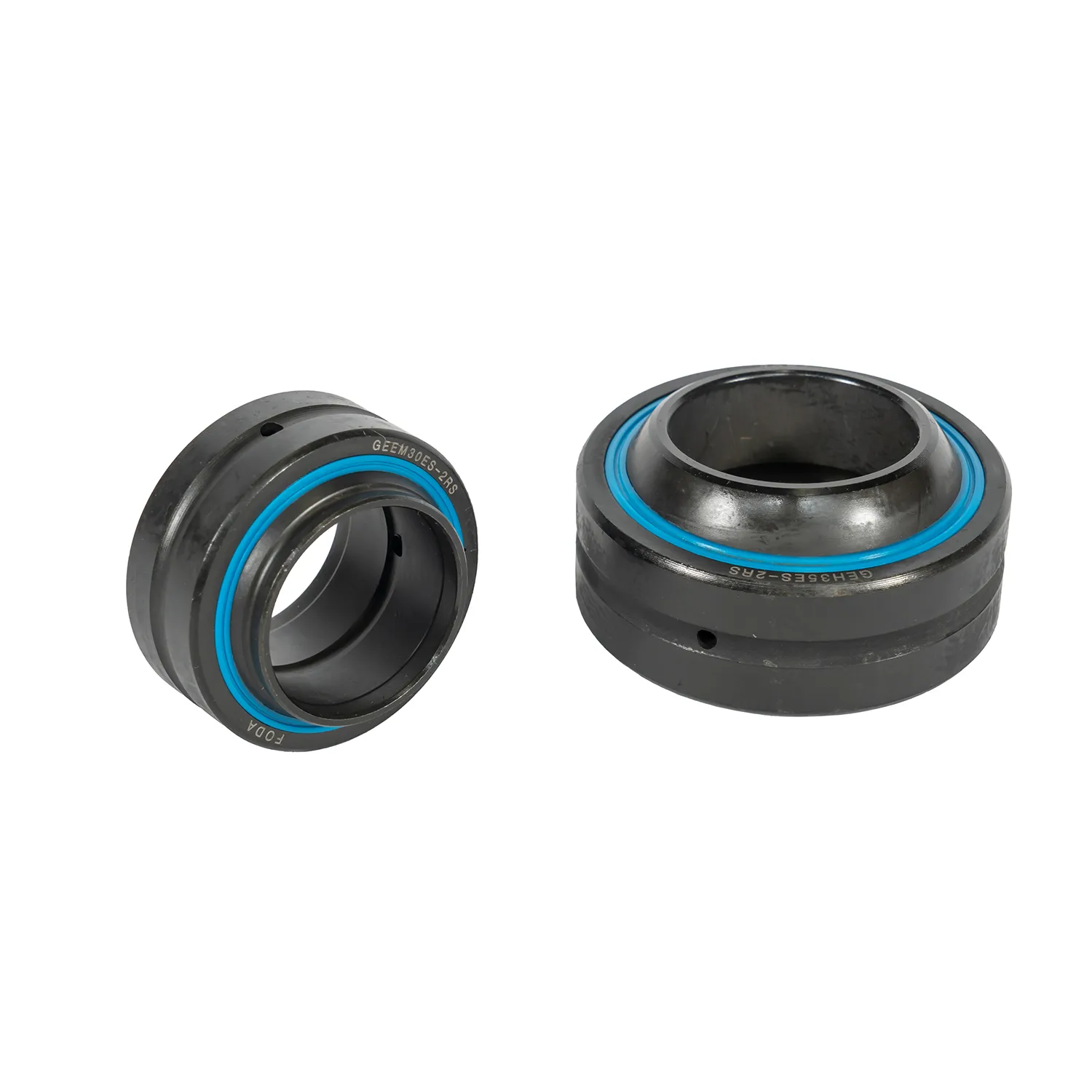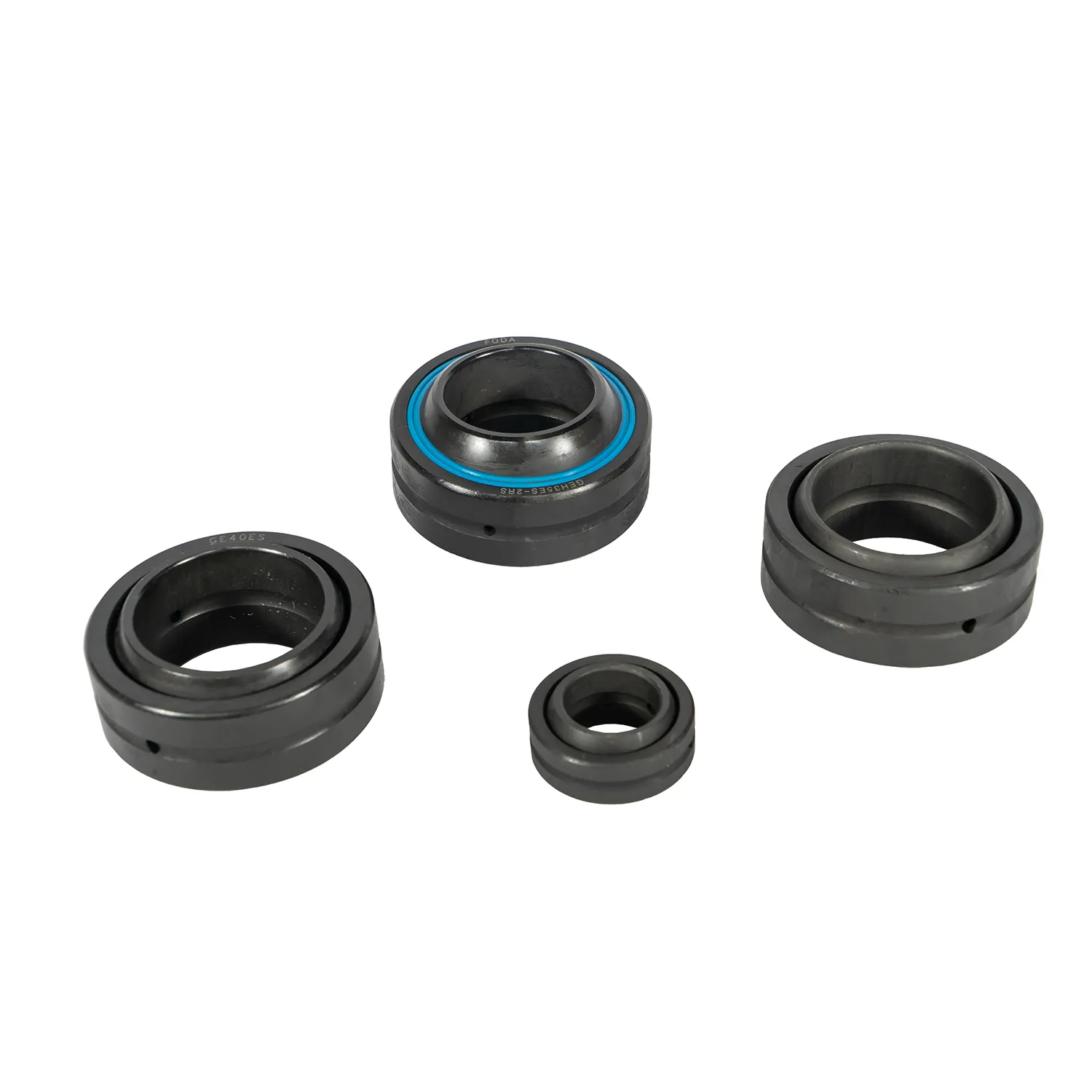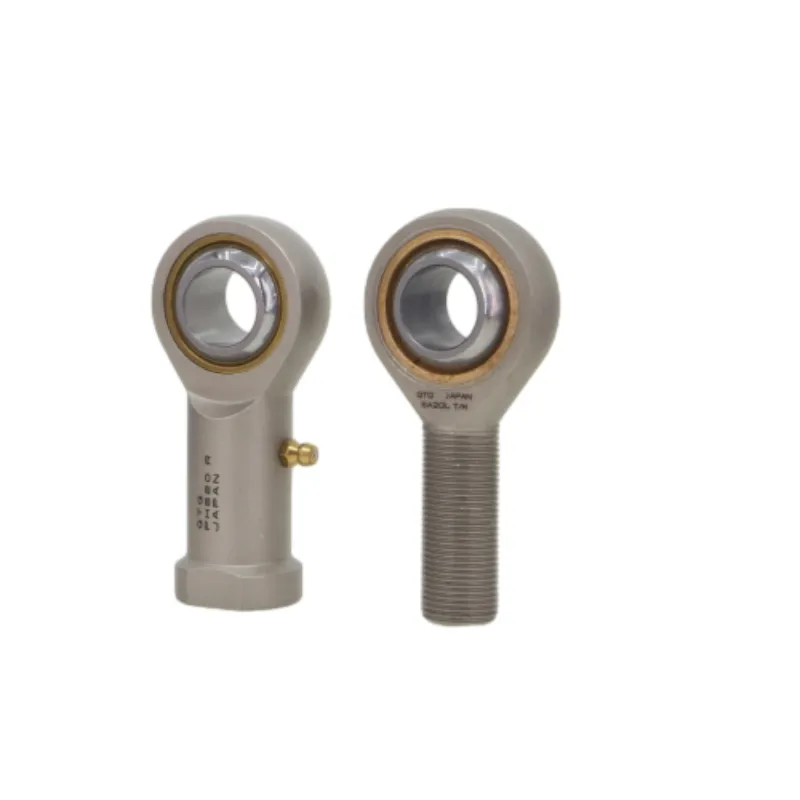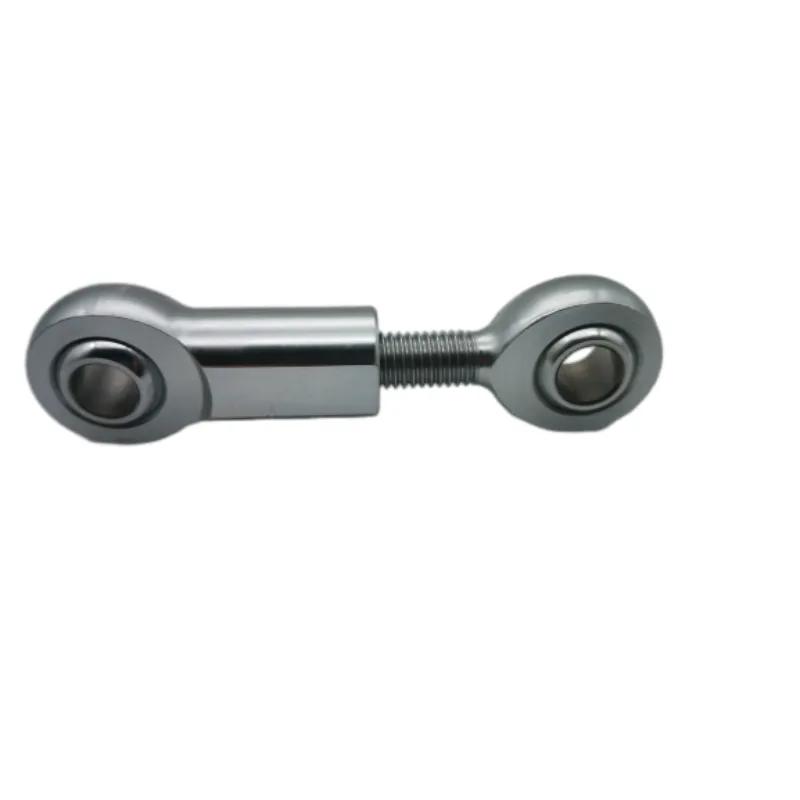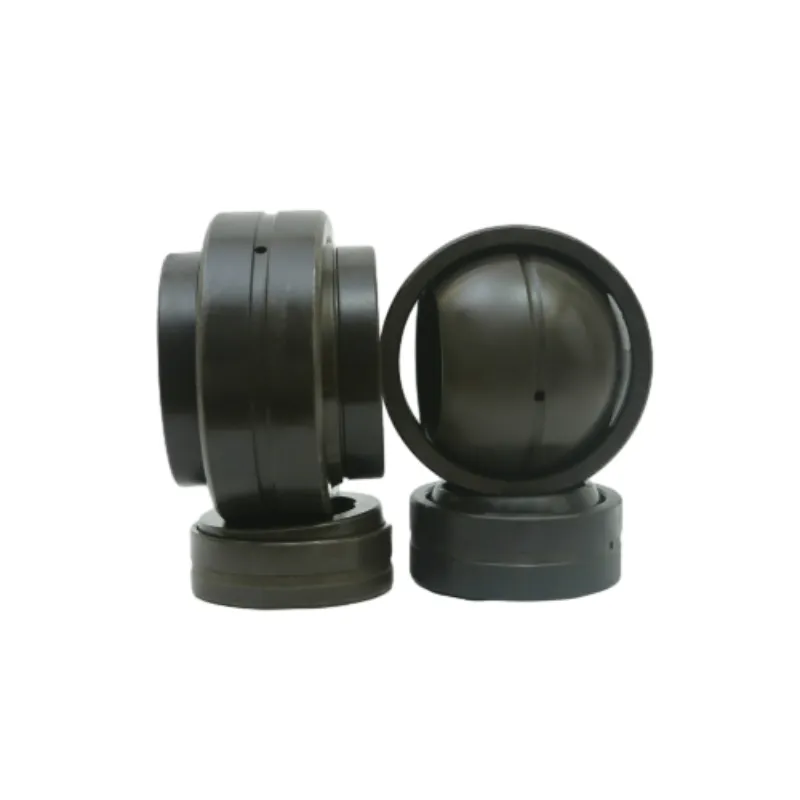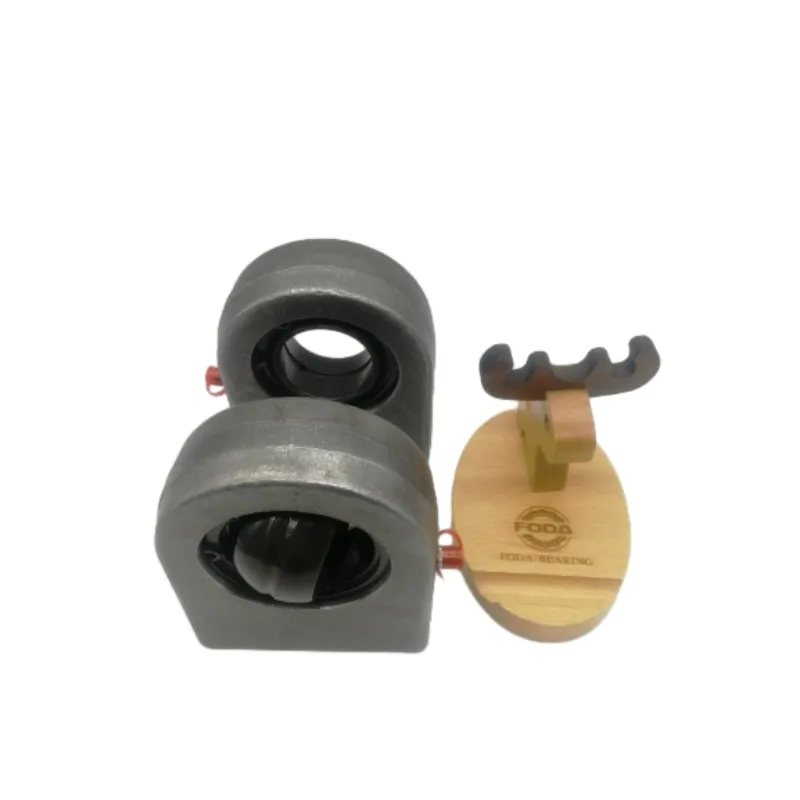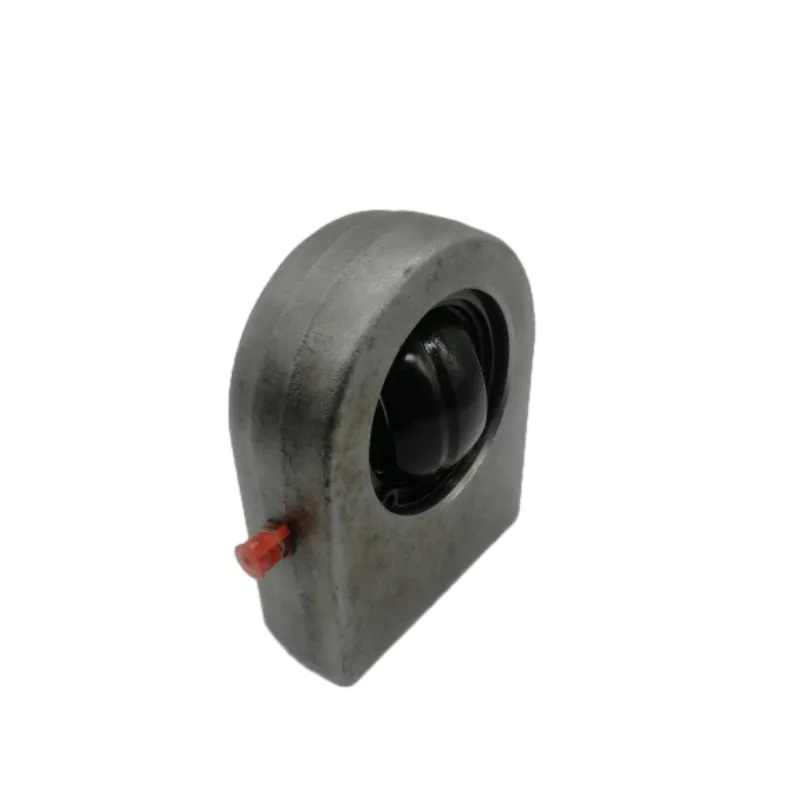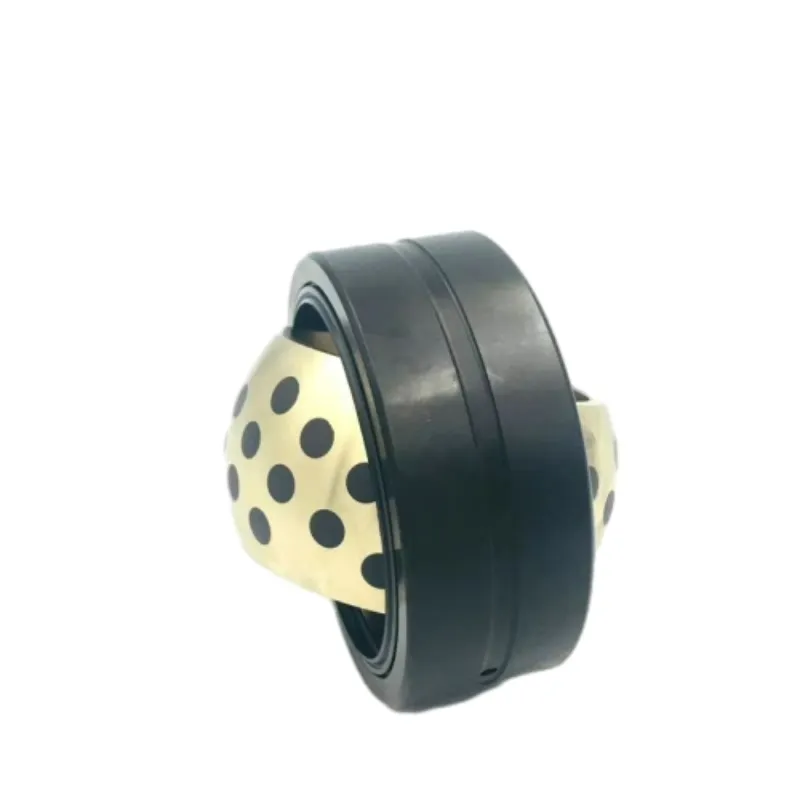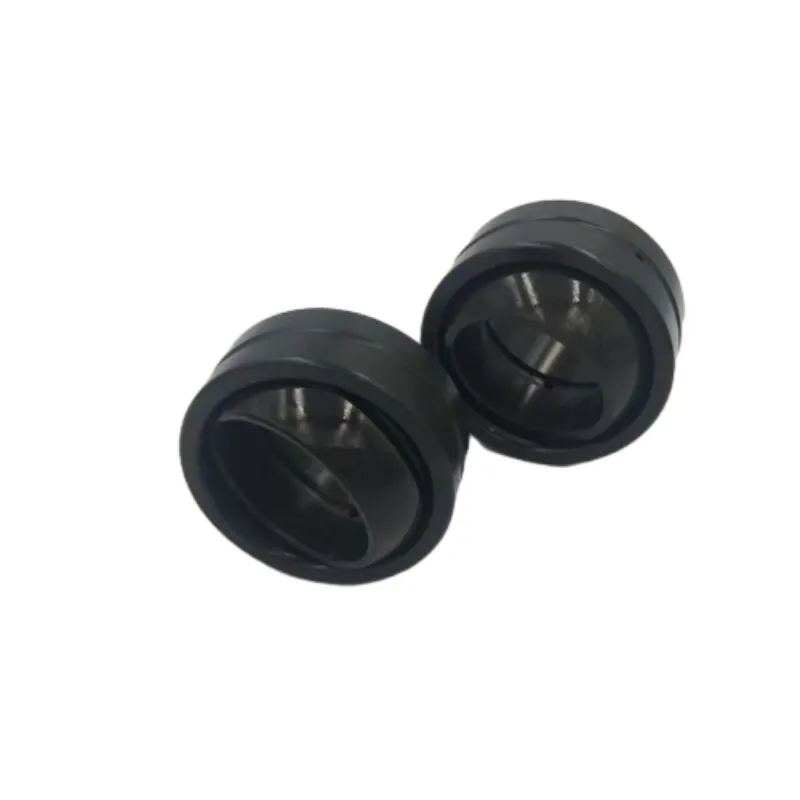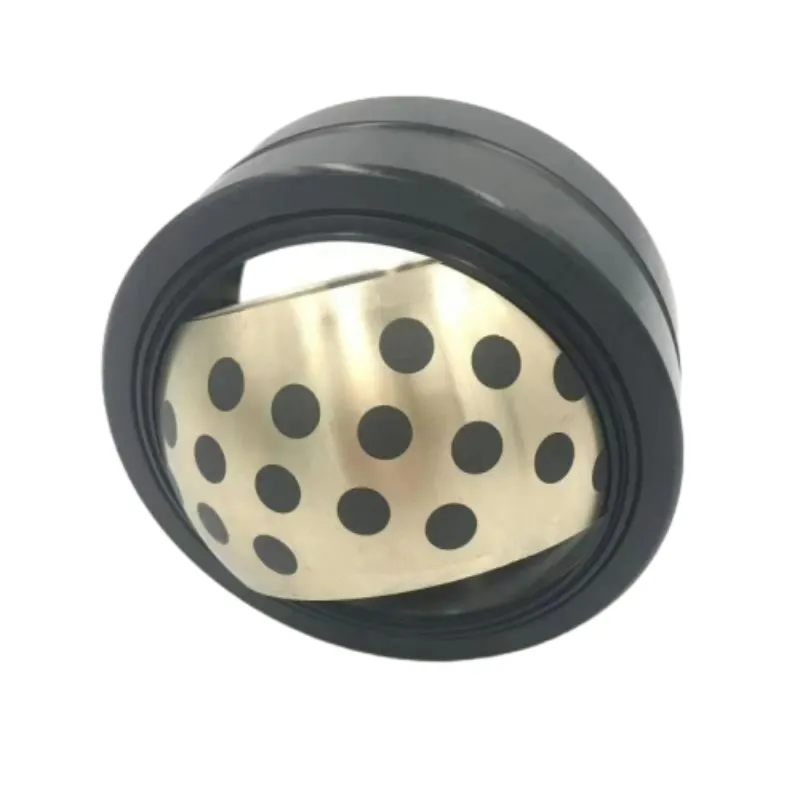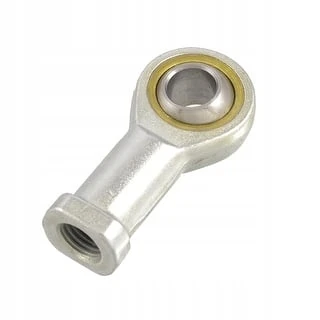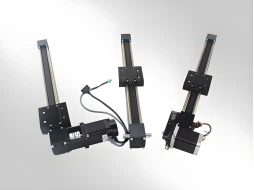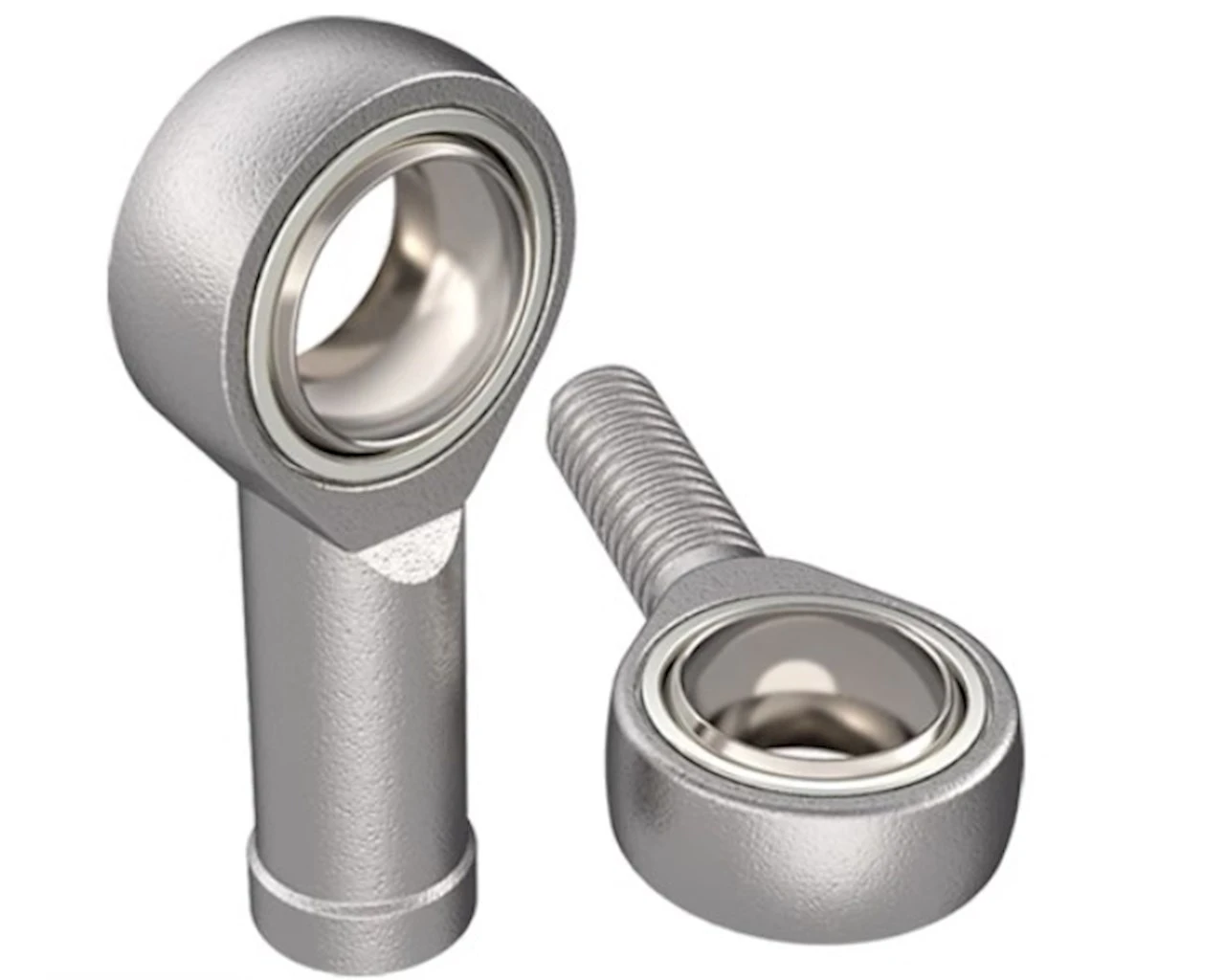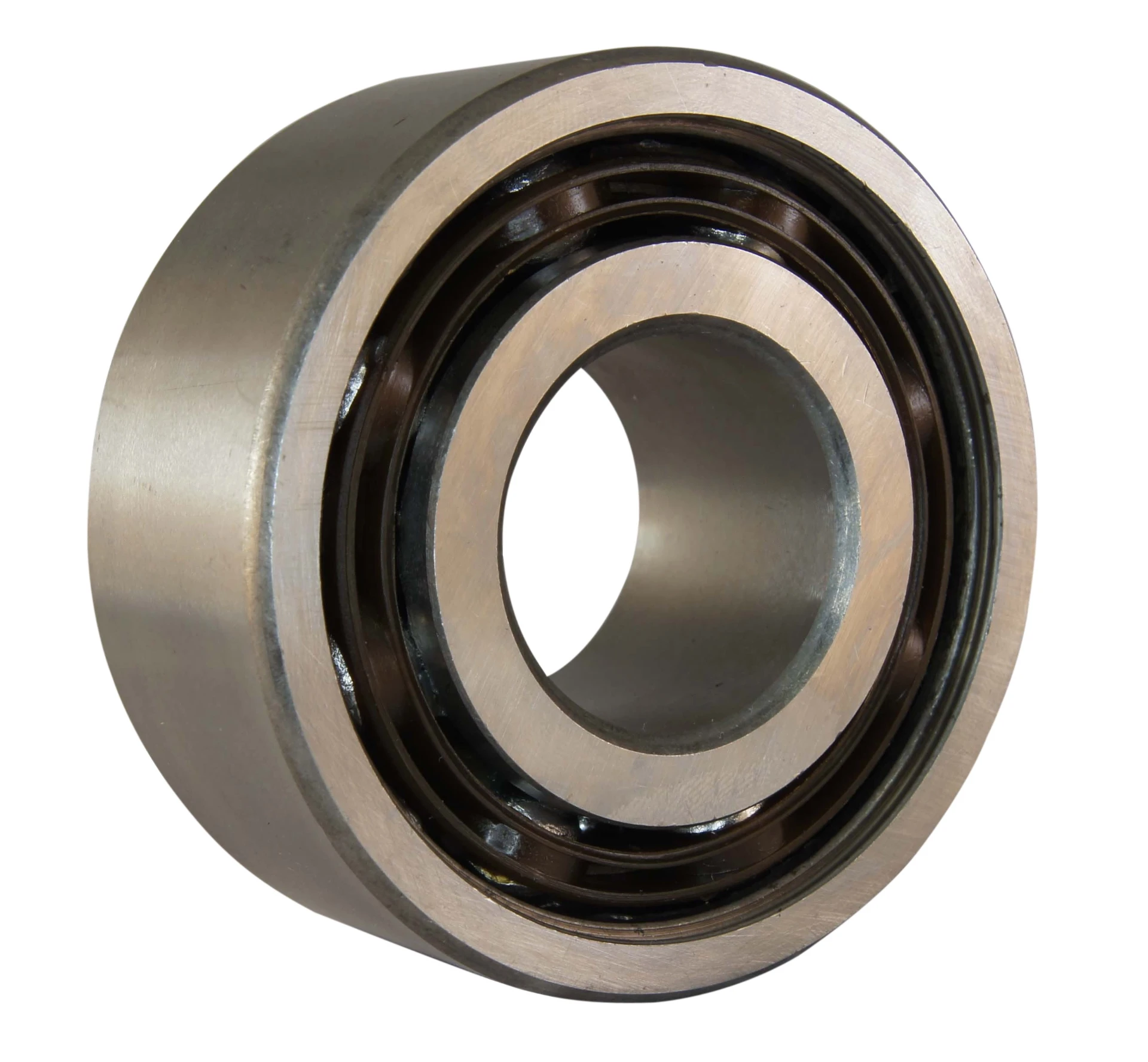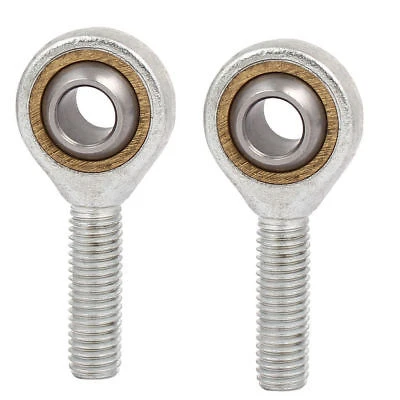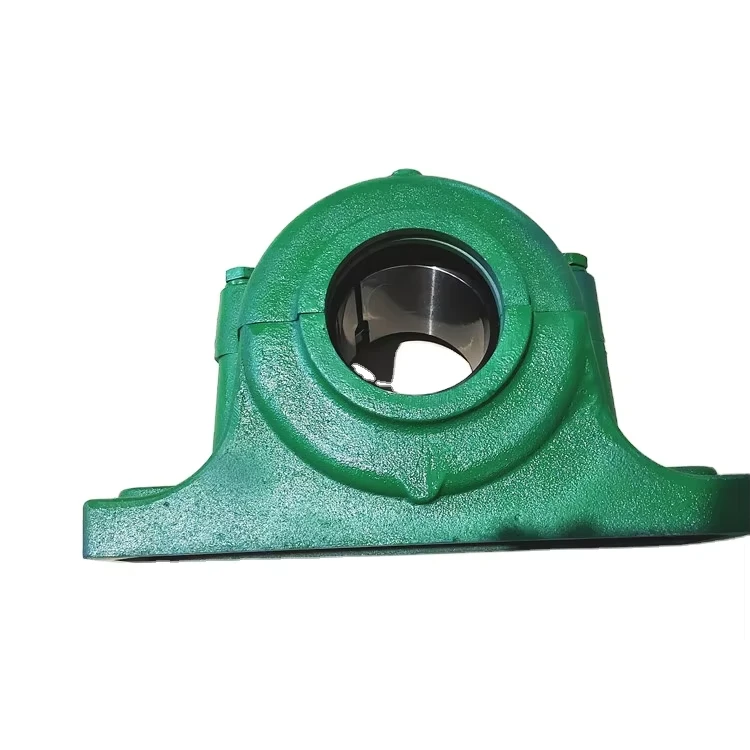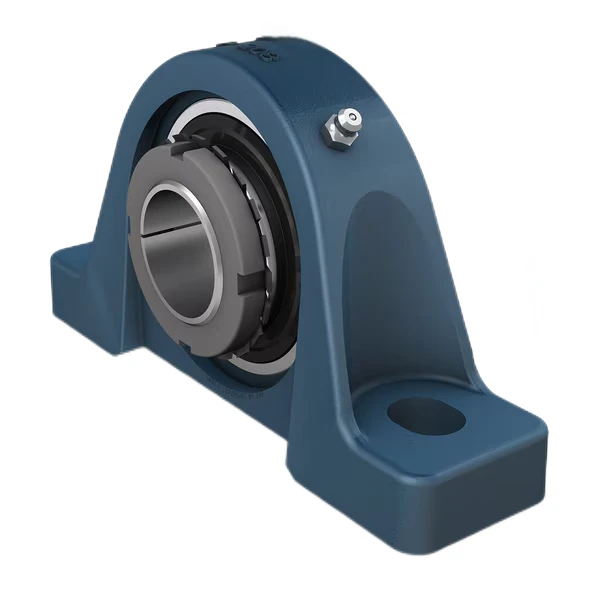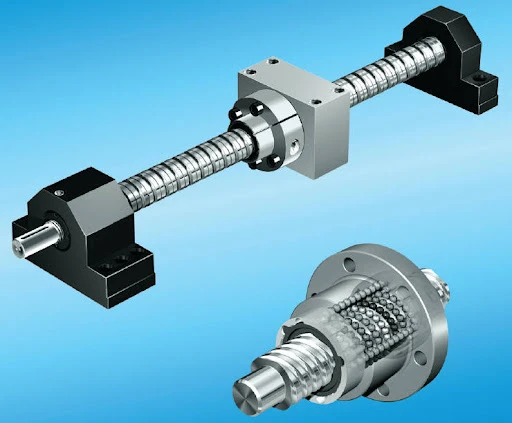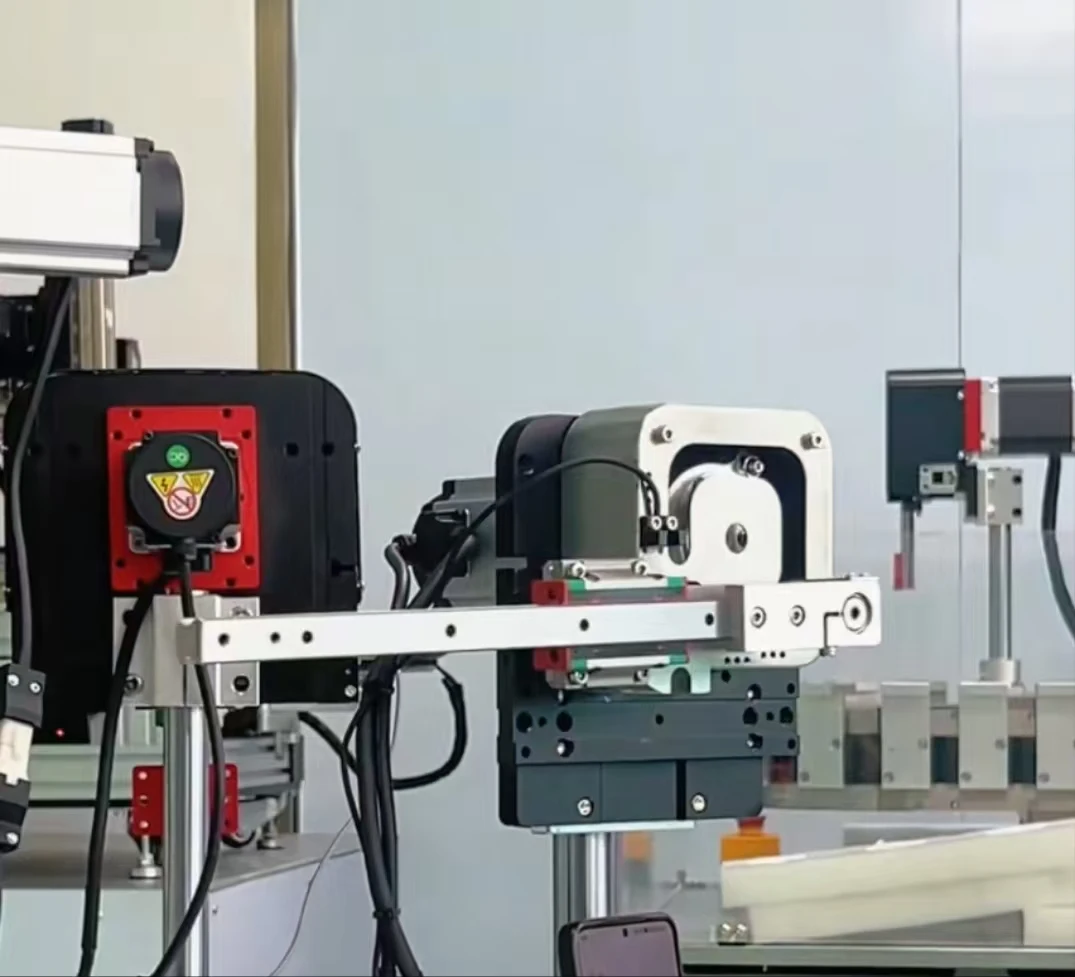Knuckle Bearing Is A Spherical Plain Bearing
 Characteristics
Characteristics
1. Strong self-aligning ability: can automatically adapt to different angles of deflection, reduce the impact of installation errors.
2. High bearing capacity: can withstand large radial, axial loads and torque loads.
3. Low friction coefficient: smooth movement, reduce energy loss.
4. Wear resistance: long service life.
5. Good sealing: it can effectively prevent dust and impurities from entering and ensure the normal operation of the bearing.
 Classification
Classification
1. Radial joint bearing: mainly bear radial load.
2. Angular contact joint bearings: can bear radial and axial loads at the same time.
3. Thrust joint bearing: bear axial load.
 Basic Parameters
Basic Parameters
1. Inner diameter, outer diameter and width: determine the installation size.
2. Rated dynamic load and rated static load: measure the carrying capacity.
3. Swing Angle: indicates the maximum deflection Angle that the bearing can withstand.
4. Friction coefficient: reflects the amount of resistance during movement.
 The Working Principle
The Working Principle
The joint bearing realizes movement and bearing through the sliding contact of the inner and outer spheres. When subjected to the load, the relative motion between the spheres can be carried out within a certain range of angles, so as to adapt to different working conditions.
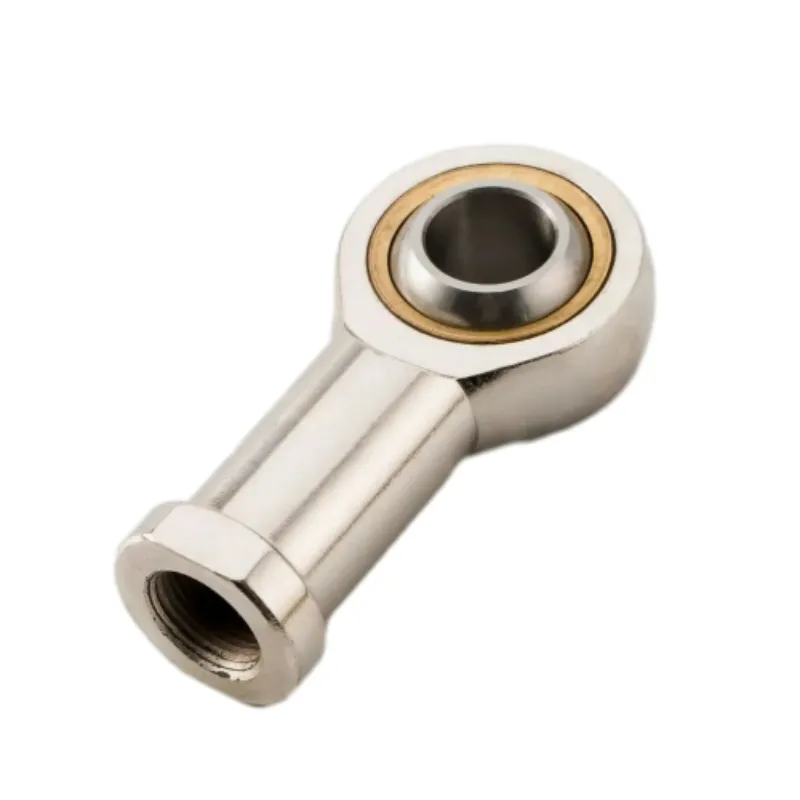
 Application Fields
Application Fields
1. Construction machinery: such as excavators, cranes and other joint parts, adapt to complex working environment and multi-angle movement.
2. Aerospace: Aircraft control system, landing gear and other parts, requiring high reliability and self-aligning ability.
3. Medical equipment: prosthetics, arthroscopes and other equipment to provide flexible movement and reliable support.
4. Automobile manufacturing: suspension system, steering system, etc., to ensure the smooth running and handling performance of the vehicle.
5. Hydraulic engineering: the connecting parts of gates, hoist and shutters, etc., bear large loads and multi-angle movements.
RELATED PRODUCTS


